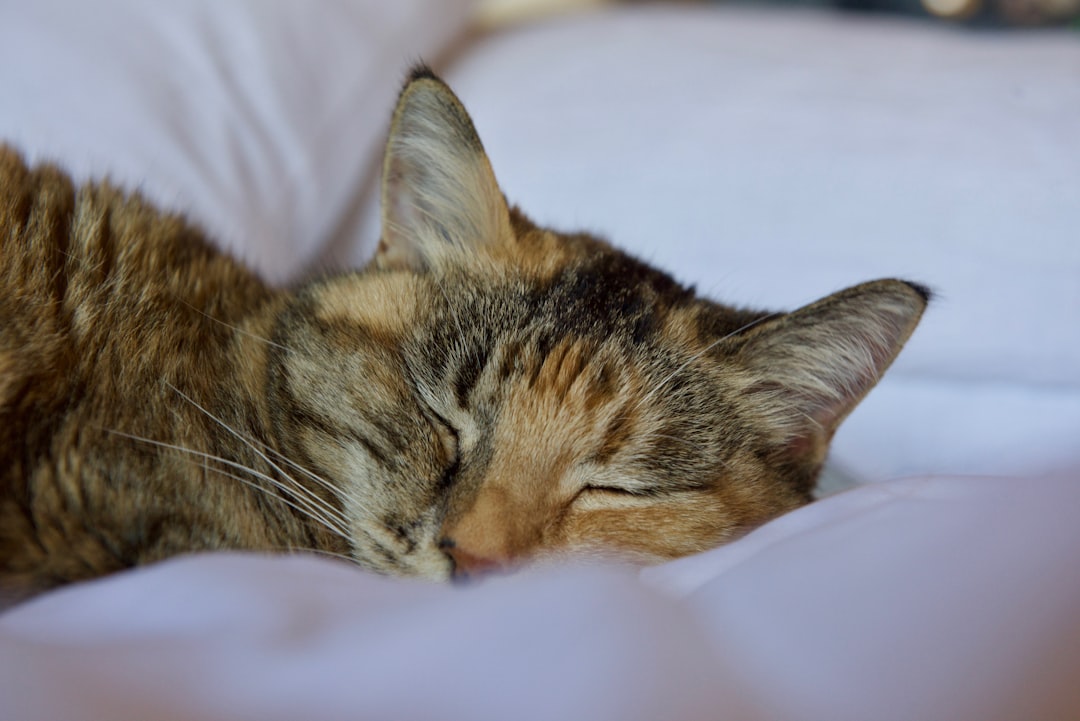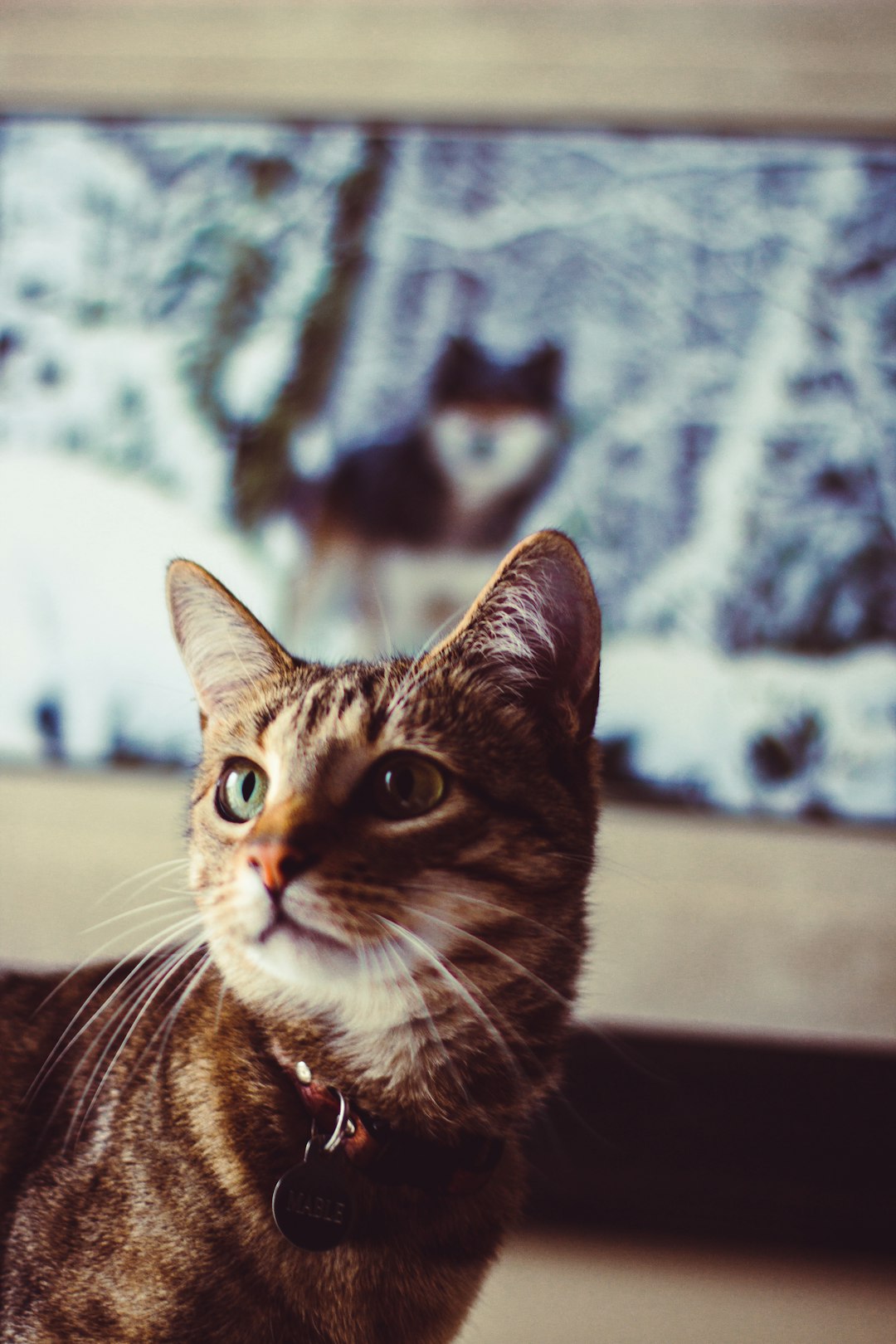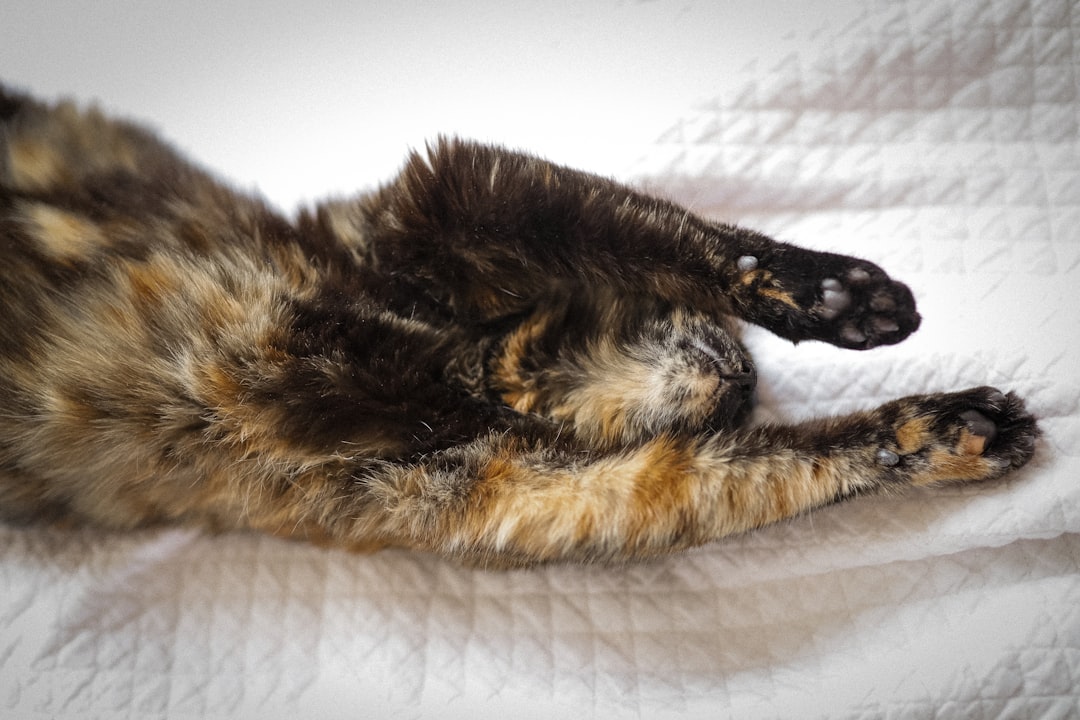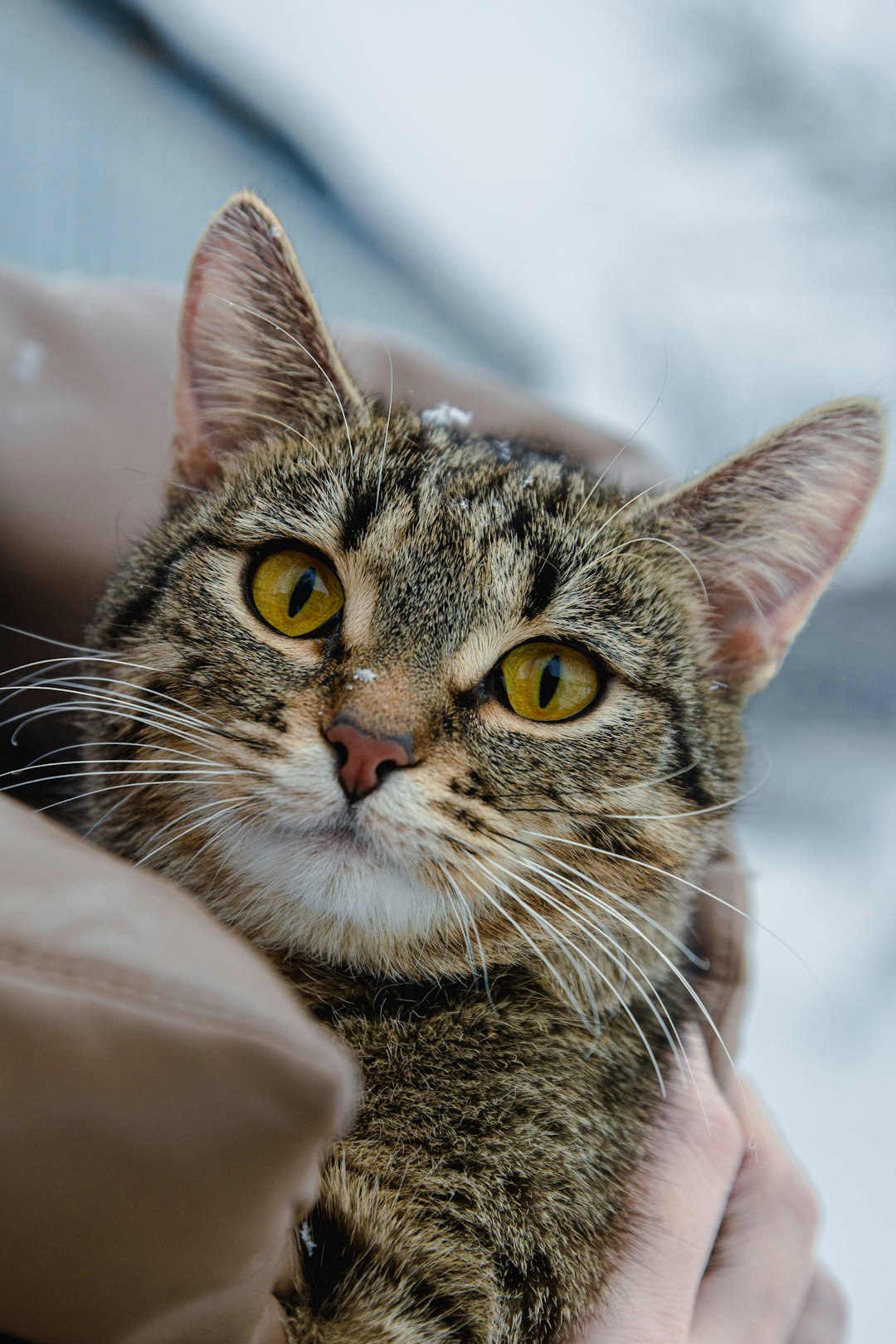Every cat owner knows that their feline friend communicates in various ways, but one of the most telling forms of expression is through their tail. Understanding cat tail meanings can greatly enhance your relationship with your pet by offering insights into their emotions and intentions. For instance, the position and movement of a cat’s tail convey feelings ranging from happiness to agitation. By decoding these signals, you can better respond to your cat’s needs and strengthen your bond. Join us as we delve into the fascinating world of cat tail language and what it reveals about your furry companion.
Understanding the Importance of Tail Language in Cats
Cats communicate in a variety of ways, and their tails play a crucial role in expressing emotions and intentions. Understanding cat tail meanings can significantly enhance your relationship with your feline friend. Here are a few key points to consider:
Tail Positioning Matters: The position of a cat’s tail can indicate their mood. An upright tail often signifies happiness, while a low tail may suggest fear or submission.
Tail Movements: Quick movements or flicks can show excitement or agitation, while slow movements often reflect calmness.
Emotional Indicators: Analyzing cat tail meanings helps you gauge your cat’s feelings. For instance, a puffed-up tail indicates that your cat feels threatened or is trying to appear larger.
Fostering a deeper understanding of these signals not only helps you to interpret your cat’s emotions, but it also enables better responses to their needs. By learning cat tail meanings, you can create a more loving environment for your furry companion.

Common Cat Tail Positions and Their Meanings
Understanding common cat tail meanings can significantly improve your communication with your feline friend. Below are several key tail positions and what they indicate:
Upright Tail: This position often signifies confidence and happiness. Your cat feels safe and may be greeting you or other familiar beings.
Tail Curled at the Tip: A tail with a slight curve at the tip suggests playful intentions. Your cat might be welcoming interaction or signaling they are ready to play.
Low Hanging Tail: This indicates submission or insecurity. Your cat could be feeling anxious or frightened, suggesting the need for comfort.
Puffed Up Tail: A fluffed tail typically emerges during moments of fear or aggression. This makes your cat appear larger to threats.
Slowly Swishing Tail: This subtle movement often means curiosity or mild annoyance. Pay attention to other body language cues to assess their mood further.
By observing these cat tail meanings, you will gain insights into your cat’s feelings and help strengthen your bond.
The Significance of a Flicking Cat Tail
Understanding cat tail meanings can significantly enhance your communication with your feline friend. A flicking cat tail often carries specific emotional signals. Here’s what you need to know:
Irritation or Annoyance: A quick flicking or twitching tail typically indicates that your cat may feel irritated. It could be due to overstimulation, particularly during play.
Concentration: During hunting or intense play, a flicking tail conveys focus. Your cat is honing in on its target, ready to pounce!
Excitement: When in a playful mood, a flicking tail can also signal excitement. Your cat may want to engage or invite you to play.
To help you distinguish these meanings, refer to this comparison table:
| Tail Movement | Emotion Conveyed |
|---|---|
| Rapid Flicking | Irritation or annoyance |
| Slow, deliberate flick | Concentration or focus |
| Gentle flicking | Excitement or playfulness |
By paying attention to these nuances, you will improve your ability to interpret cat tail meanings, which ultimately nurtures a deeper bond with your furry companion.
What an Upright Tail Indicates About Your Cat’s Mood
An upright tail is one of the most positive indicators of your cat’s mood. When you see your feline friend strutting around with their tail held high, it signifies a range of joyful emotions. Understanding these cat tail meanings can enhance your connection with your pet. Here are some key interpretations:
- Confidence: An upright tail often shows that your cat feels secure and happy in their environment.
- Friendliness: If your cat approaches you with an elevated tail, it typically means they are welcoming and seeking social interaction.
- Affection: Cats frequently raise their tails when they are excited to see their owners, signaling attachment and love.
To summarize the upright tail meanings:
| Tail Position | Mood Indication |
|---|---|
| Upright (90°+) | Happy, confident, friendly |
In contrast, a low or tucked tail can indicate fear or submission. By observing these cat tail meanings, you can better understand your furry friend’s emotions and respond accordingly.

The Meaning Behind a Puffing or Fluffed Tail
A puffing or fluffed tail is one of the most striking cat tail meanings that typically indicates an intense emotional state. Here’s what you need to know about this fascinating behavior:
Fear or Threat: When a cat’s tail puffs up, it often signifies that the feline feels threatened or scared. In this state, the cat attempts to appear larger to deter potential threats.
Excitement: Conversely, a fluffed tail may also indicate heightened excitement, especially during playtime. Your cat is enjoying itself and is full of energy.
Defensive Posture: A puffed tail can represent a defensive response. The cat feels that it needs to protect itself from perceived danger.
Comparison of Cat Tail Meanings
| Tail Position | Emotion | Action Taken |
|---|---|---|
| Puffed/Fluffed | Fear, Excitement | Hiding, Engaging in Play |
| Straight Up | Happy or Confident | Approaching You |
| Low and Tucked | Submissive or Scared | Avoiding Interaction |
In summary, observing your cat’s puffed or fluffed tail provides critical insight into its emotions. By understanding these cat tail meanings, you can better empathize with your furry friend and respond appropriately to its needs.
How to Interpret a Lashing Cat Tail
When your cat displays a lashing tail, it can indicate a mix of emotions. Understanding these cat tail meanings is crucial in interpreting your feline’s mood. Here are the primary interpretations of a lashing cat tail:
Agitation: A rapid, side-to-side movement often signals annoyance or irritation. If you see this, it may be best to give your cat some space.
Excitement: Sometimes, a lashing tail can indicate excitement, especially during playtime. Watch for other signs of enjoyment, such as purring or playful behavior.
Discontent: If your cat is lashing its tail while being pet or held, it usually means they are unhappy or want you to stop.
To help you out, here are key points to keep in mind:
| Tail Motion | Possible Emotion |
|---|---|
| Lashing Side-to-Side | Agitation or Discontent |
| Quick Whipping | Excitement in Play |
Understanding these cat tail meanings allows you to respond appropriately, ensuring a happier and more harmonious relationship with your feline friend.
The Impact of Tail Movement Speed on Understanding Your Cat’s Emotions
The speed of your cat’s tail movement provides essential insights into their mood and feelings. Observing cat tail meanings can enhance your understanding of their emotional state. Here’s how different tail speeds can signal specific emotions:
Slow Swishing: This often indicates relaxation or contentment. Your cat may be in a calm environment, free from stressors.
Quick Flicking: A tail that flicks rapidly usually signifies irritation or agitation. This behavior can mean your cat feels threatened or annoyed.
Steady Motion: A tail held steady while swaying slowly suggests curiosity. Your cat might be exploring its surroundings or interested in something nearby.
Rigid and Fast Movement: A stiff and rapidly moving tail often denotes excitement or high energy, indicating your cat may be preparing to play or hunt.
By paying attention to these tail movement speeds, you can better decipher your cat’s emotions and strengthen your bond based on these cat tail meanings. Understanding these nuances will allow you to respond appropriately to your feline companion’s needs.

Using Tail Language to Enhance Your Bond with Your Cat
Understanding cat tail meanings can dramatically improve your relationship with your feline friend. By paying attention to their tail positions and movements, you can respond appropriately to their emotions and needs.
Here are some key ways to use tail language in bonding:
Observe and React: When you notice your cat’s tail position, respond accordingly. For instance, if their tail stands tall, this indicates happiness. Show affection to reinforce this positive behavior.
Create Safe Spaces: A puffed or fluffed tail suggests your cat feels threatened. Ensure their environment feels secure so they can relax, which strengthens your bond.
Communication: Use your own body language to complement their tail signals. For example, slow blinks can encourage a happy, relaxed atmosphere, inviting your cat to approach you with confidence.
Interactive Play: Engage in play when their tail swishes gently. This indicates excitement and readiness for fun. Playing together enhances mutual trust.
By recognizing and interpreting these cat tail meanings, you cultivate a deeper understanding of your cat’s emotional state, leading to a stronger, more affectionate relationship.
Frequently Asked Questions
What does it mean when my cat’s tail is held high?
When a cat’s tail is held high, it usually indicates that the feline is feeling confident, happy, and secure in its environment. A raised tail is a friendly gesture that can signal to both humans and other animals that your cat is approachable. This body language is often seen when a cat is exploring its surroundings or approaching you for affection or playtime. Therefore, a high tail can be an excellent indicator of a positive mood.
What does it mean if my cat’s tail is puffed up?
A puffed-up tail in cats typically signifies the animal is feeling threatened, frightened or agitated. This response is part of their instinctual behavior, as a cat may try to appear larger when it perceives danger. If your cat’s tail is puffed up, it’s essential to evaluate the environment for potential stressors. Minimizing loud noises or sudden movements can help your cat feel more secure. Understanding this tail position can assist you in supporting your cat during times of stress.
Why does my cat wrap its tail around me?
When a cat wraps its tail around you, it is showing affection and demonstrating a bonding behavior. This gesture symbolizes trust and a sense of security, as cats often utilize their tails to communicate warmth and comfort. It’s not only a way for them to express love but also a method of marking you with their scent, signifying that you are part of their territory. Recognizing this can deepen your emotional connection with your pet.
What does a cat’s tail twitching indicate?
A twitching cat tail can reveal multiple emotions, often indicating excitement, annoyance, or intense focus. If your cat is twitching its tail while playing, it usually reflects hunting instincts and excitement. On the other hand, if the tail twitches while your cat appears agitated or distracted, it may signify irritation or frustration. Understanding the context of the tail’s movement is crucial for interpreting your cat’s mood, allowing you to respond appropriately.



